Pecos County
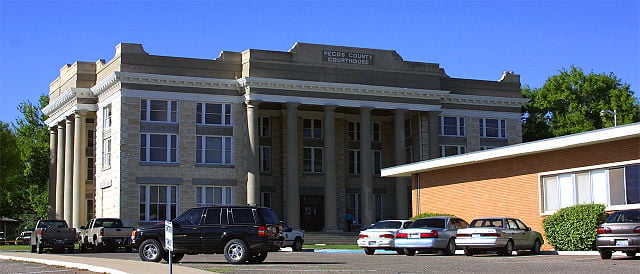
Pecos County, Texas
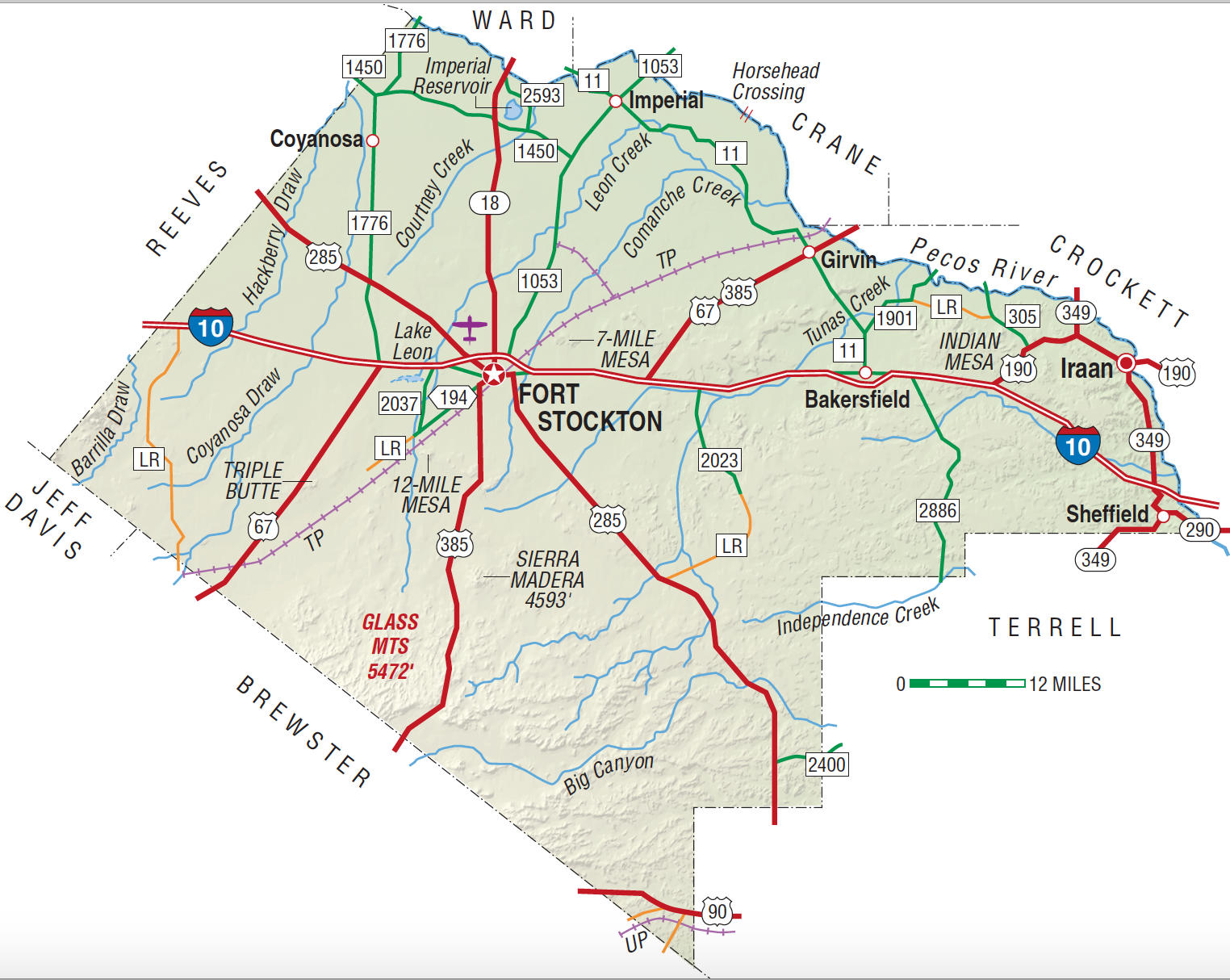
Pecos County, Texas
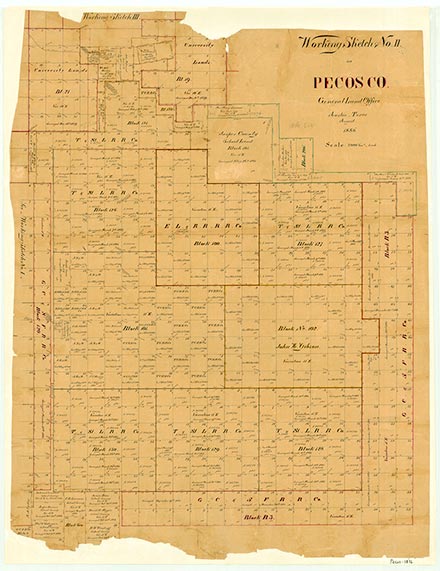
Pecos County, the second largest county in the state, is in southwest Texas, bordered on the east by Terrell County, on the south by Brewster County, on the west by Jeff Davis and Reeves counties, and on the north by Ward, Crane, and Crockett counties. The center of the county lies at 30°40' north latitude and 102°40' west longitude. Fort Stockton, the county seat, is seventy-five air miles southwest of Odessa. The area is named for the Pecos River, which flows along the northern boundary of the county. Pecos County covers 4,776 square miles and lies primarily in the Trans-Pecos physiographic region, which begins at the Pecos River. In the south and east the county has undulating to hilly terrain surfaced by dark and loamy soils over limestone; this part of the county is 90 percent exposed rock. The northern and western parts of the county have alkaline and loamy desert soils, with some clayey subsoils, over limestone bedrock. Elevations range from 2,500 to 4,000 feet above sea level, with the highest elevations found in the Glass Mountains, in the southwestern part of the county. The eastern and central portions of the county, on the edge of the Edwards Plateau, are marked by mesas of varying sizes with intervening arroyos. Hills become more rounded and valleys more pronounced further west. Most of the northern part of the county slopes toward the Pecos River, while terrain in the western sections is generally undulating. The Pecos River is the only major source of surface water in the county. It flows continuously, while other streams in the county flow only after infrequent torrential rains. Springs were at one time an important water source for the area, but because of heavy pumping of ground water, most major springs no longer flow. The average annual rainfall is thirteen inches. Temperatures range from an average low of 31° F in January to an average high of 96° F in July; the average growing season lasts 225 days. Pecos County land has short and sparse grasses with desert scrubs and cacti. In the southeast, slightly taller grasses, desert shrub, and scrubby live oaks are present. Deer, foxes, ring-tailed cats, sandhill cranes, doves, and ducks are some of the animals that roam the area. The agricultural sector of the county's economy revolves primarily around sheep ranching; cattle, angora goats, and hogs are also raised in the area. Though less than 1 percent of the county is considered prime farmland, crops grown in Pecos County include cantaloupes, carrots, bell peppers, onions, peaches, and pecans. Since the 1920s, however, oil and gas production have dominated the local economy. In 1990 26,650,000 barrels of crude oil were produced in the county; by January 1, 1991, almost 1,505,424,000 barrels of crude had been produced in the area since 1926.
Archeological excavations in Pecos County, at Squawteat Peak, have revealed a large prehistoric camp with numerous artifacts and signs of human occupation. A ring midden in the camp provided a radiocarbon date of 1300 A.D. Archeological finds along Tunas Creek include a burial site, pictographs, and artifacts; a possible modified Langtry projectile point (2,000 B.C. to A.D. 700–800) was found near the creek. The Comanche Trail crossed Pecos County from on or near Horsehead Crossing and through Comanche Springs. Traders on the Chihuahua Trail passed through the area by Comanche Springs about 1840. The first permanent settlement was a United States Army outpost, Fort Stockton, which was established in 1859 at Comanche Springs to guard the San Antonio-El Paso Mail. That same year the Butterfield Overland Mail began service to the army post. The town of St. Gall, later renamed Fort Stockton, was established near the Fort Stockton army post at Comanche Springs by Peter Gallagher, who purchased land for a town site in 1868. St. Gall became a supply center for the army, mail stages, wagon trains, and travelers. One of the first modern attempts at irrigation farming in Texas took place near the settlement in the 1870s.
Glenn Justice, John Leffler | © TSHA

Adapted from the official Handbook of Texas, a state encyclopedia developed by Texas State Historical Association (TSHA). It is an authoritative source of trusted historical records.

- ✅ Adoption Status:
- This place is available for adoption! Available for adoption!
- Adopted by:
- Your name goes here
- Dedication Message:
- Your message goes here
Currently Exists
Yes
Place type
Pecos County is classified as a County
Altitude Range
2040 ft – 5472 ft
Size
Land area does not include water surface area, whereas total area does
- Land Area: 4,763.9 mi²
- Total Area: 4,764.8 mi²
Temperature
January mean minimum:
33.2°F
July mean maximum:
94.3°F
Rainfall, 2019
15.2 inches
Population Count, 2019
15,823
Civilian Labor Count, 2019
6,169
Unemployment, 2019
10.1%
Property Values, 2019
$3,984,755,914 USD
Per-Capita Income, 2019
$36,584 USD
Retail Sales, 2019
$939,497,549 USD
Wages, 2019
$71,347,210 USD
County Map of Texas
Pecos County
- Pecos County
Places of Pecos County
| Place | Type | Population (Year/Source) | Currently Exists |
|---|---|---|---|
| Town | – | – | |
| Town | – | – | |
| Town | 9 (2014) | Yes | |
| Town | – | – | |
| Town | – | – | |
| Town | – | – | |
| Town | – | – | |
| Town | – | – | |
| Town | – | – | |
| Town | – | – | |
| Town | – | – | |
| Town | 165 (2021) | Yes | |
| Town | – | – | |
| Town | 8,423 (2021) | Yes | |
| Town | 20 (2009) | Yes | |
| Town | – | – | |
| Town | – | – | |
| Town | – | – | |
| Town | – | – | |
| Town | 245 (2021) | Yes | |
| Lake | – | Yes | |
| Town | 1,037 (2021) | Yes | |
| Town | – | – | |
| Town | – | – | |
| Town | – | – | |
| Town | – | – | |
| Town | – | – | |
| Town | – | – | |
| Town | – | – | |
| Town | – | – | |
| Town | – | – | |
| Town | – | – | |
| Town | 40 (2021) | Yes | |
| Town | – | – | |
| Town | – | – | |
| Town | – | – | |
| Town | – | – |
Photos Nearby:
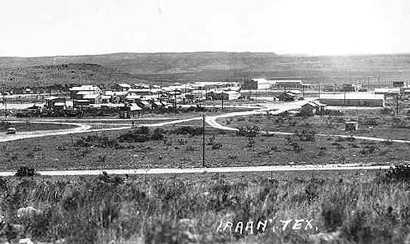
Iraan, Texas
Historical photo of birds' eye view of Iraan, Texas in Pecos County. Photograph Credit: TexasEscapes.com
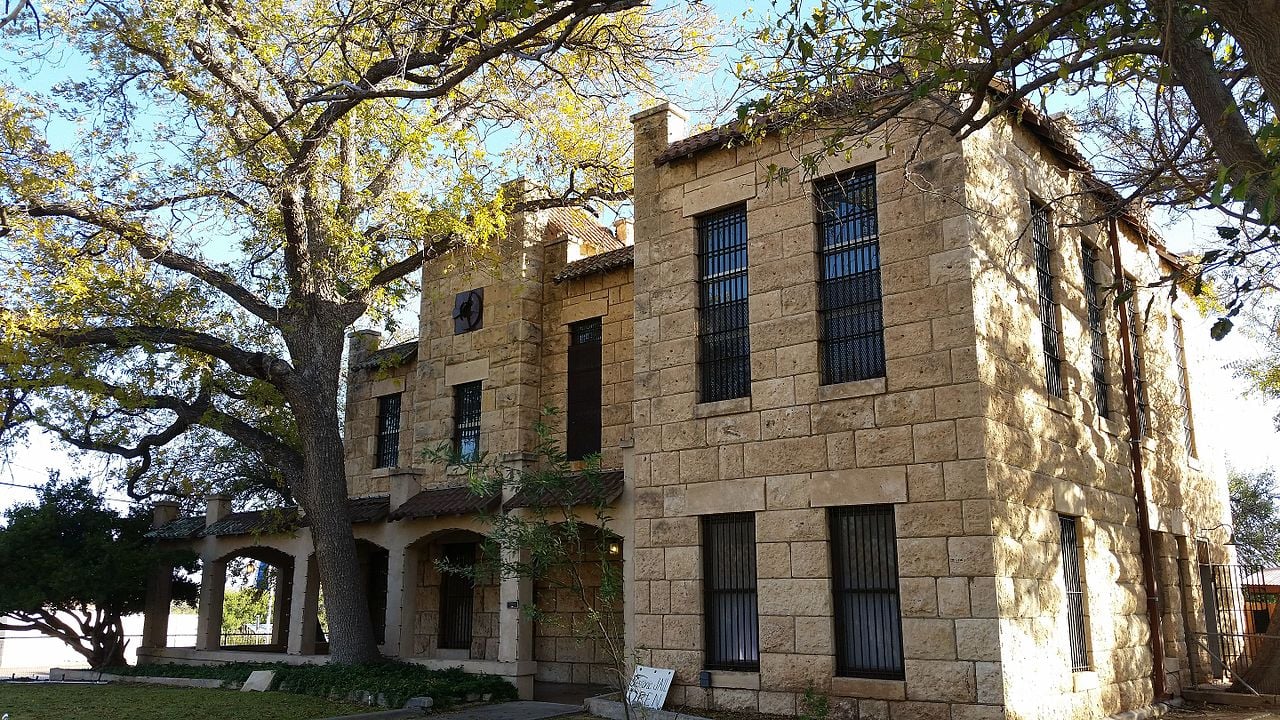
Fort Stockton, Texas
Photograph of the Fort Stockton Jail Museum that serves Pecos County, Texas. Photograph by Pi3.124.
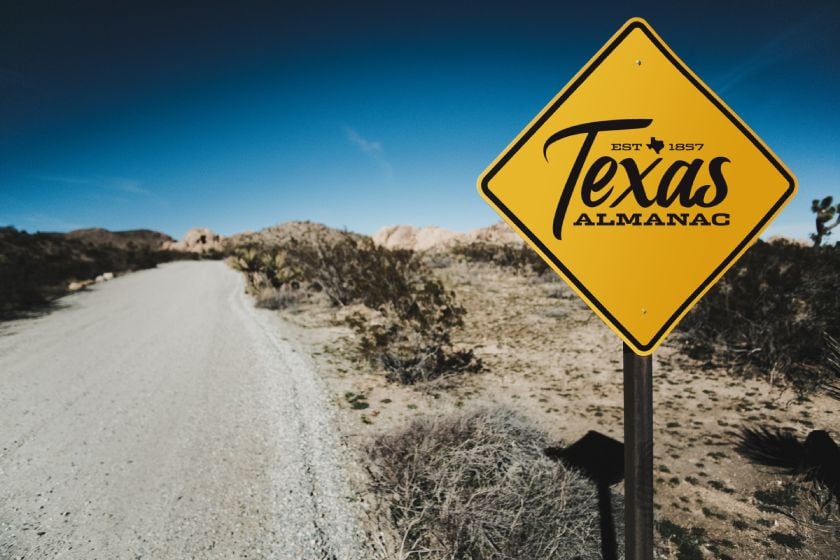
Proud to call Texas home?
Put your name on the town, county, or lake of your choice.
Search Places »
